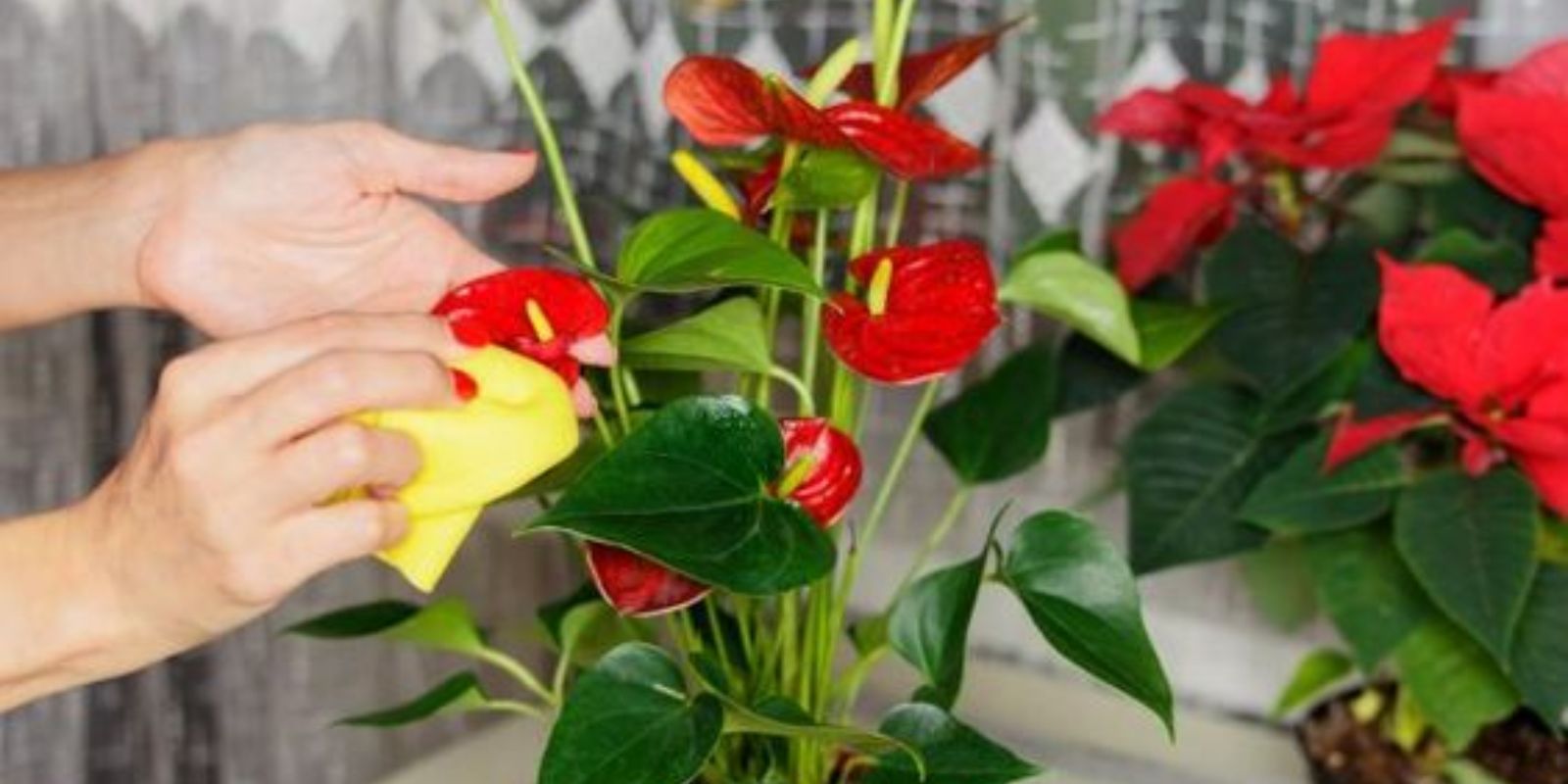Anthuriums, known for their striking flowers and lush foliage, are a favorite among plant enthusiasts. However, many find propagating these tropical beauties challenging. Fortunately, horticulturists have discovered an efficient method using floral stems that promises quick and successful multiplication. This technique not only ensures a healthy growth rate but also makes expanding your Anthurium collection more manageable and rewarding.
Understanding Anthurium Propagation
Traditionally, Anthuriums are propagated through methods like division, seeds, or stem cuttings. While effective, these techniques can be time-consuming and sometimes less successful. The floral stem propagation method, however, has emerged as a game-changer, offering a faster and more reliable alternative.
Why Use Floral Stems for Propagation?
Floral stems, often overlooked, are a goldmine for propagation. They possess the necessary nodes and tissues capable of developing into new plants. By selecting healthy floral stems and providing the right conditions, you can achieve rapid multiplication with minimal effort. Here’s how you can master this method.
Step-by-Step Guide to Propagating Anthurium Using Floral Stems
1. Select Healthy Floral Stems
The first and most crucial step is to choose the right stems. Look for stems that have robust flowers and vibrant foliage. Healthy stems are free from diseases, pests, and any signs of wilting or yellowing. The healthier the stem, the better the chances of successful propagation.
Tips for Selection:
- Choose stems with at least two nodes.
- Avoid stems with damaged or wilted leaves.
- Ensure the stem is mature enough but not too woody.
2. Prepare Potting Medium
Anthuriums thrive in well-draining potting mixes. A suitable mix encourages root growth and prevents waterlogging, which can lead to rot. You can use a commercial Anthurium mix or create your own by combining orchid bark, peat, and perlite in equal parts.
Preparing the Potting Mix:
- Sterilize the potting mix by baking it at 180°F (82°C) for 30 minutes. This eliminates any pathogens.
- Ensure the mix is moist but not soggy before planting the stems.
3. Plant Floral Stems
Once you have your stems and potting medium ready, it’s time to plant. Here’s how to do it effectively:
Planting Procedure:
- Cut the floral stem into sections, each containing at least one node.
- Dip the cut ends in rooting hormone to promote faster root development.
- Make a hole in the potting mix and insert the stem sections, ensuring the nodes are buried about an inch deep.
- Firm the soil around the stems to provide stability.
4. Maintain Optimal Conditions
After planting, the right conditions are essential for root development and overall plant health. Anthuriums prefer warm, humid environments with indirect light.
Conditions to Maintain:
- Humidity: Keep the humidity levels high, around 70-80%. You can achieve this by misting the plants regularly or using a humidity tray.
- Temperature: Maintain a temperature between 70-85°F (21-29°C).
- Light: Provide bright, indirect light. Direct sunlight can scorch the leaves, while too little light can slow growth.
- Watering: Keep the soil consistently moist but not waterlogged. Water when the top inch of soil feels dry.
5. Monitor and Care for New Growth
With proper care, you should start to see new growth within a few weeks. Continue to monitor the plants, providing necessary care to ensure they thrive.
Ongoing Care:
- Fertilizing: Feed the plants with a balanced, water-soluble fertilizer every 4-6 weeks during the growing season.
- Pest Control: Regularly check for pests such as aphids, spider mites, and mealybugs. Use insecticidal soap or neem oil to treat infestations.
- Pruning: Remove any dead or yellowing leaves to promote healthy growth and prevent disease.
Motivation and Benefits of Floral Stem Propagation
The floral stem propagation method is not just efficient but also rewarding. Here are some benefits that motivate plant enthusiasts to adopt this technique:
1. Speed and Efficiency
Traditional propagation methods can take several months to yield new plants. With floral stem propagation, you can see results much faster, often within a few weeks. This rapid multiplication allows you to expand your Anthurium collection more quickly.
2. Higher Success Rate
Using healthy floral stems significantly increases the success rate of propagation. The nodes on the stems are already equipped with the necessary tissues for root development, leading to a higher likelihood of successful plant growth.
3. Cost-Effective
Instead of purchasing new plants, you can propagate multiple Anthuriums from a single plant. This method is cost-effective, especially for enthusiasts looking to grow their collection without incurring additional expenses.
4. Experimentation and Learning
Floral stem propagation offers an excellent opportunity for experimentation and learning. By trying this method, you can gain valuable insights into plant biology and propagation techniques, enhancing your horticultural skills.
Conclusion
Propagating Anthurium using floral stems is a game-changing technique for plant enthusiasts. By following the expert tips outlined in this guide, you can achieve rapid and successful multiplication of your Anthurium collection. This method not only saves time and money but also provides a rewarding experience as you watch your plants thrive and flourish.
Whether you are a seasoned horticulturist or a beginner, floral stem propagation is a valuable skill to add to your gardening repertoire. Start propagating today and unlock the full potential of your Anthurium plants, creating a lush and vibrant indoor garden that will be the envy of all. 🌱✨

